My week in London has passed by in the blink of an eye, as any visit to my favourite city in the world tends to do. I’ve spent plenty of time here in the past, having studied for a year at University College London (UCL) during my undergraduate days. Hence I spent most of my time this week looking at stuff I haven’t gotten around to seeing before, rather than doing the customary tour of Central London – St. Paul’s Cathedral, the Houses of Parliament, Westminster Abbey, the London Eye, and all that.
I’ll definitely have more content in the future on London and what you should do there, both as a first-time visitor and someone looking for more “authentic” local experiences. But as with previous trip reports I just wanted to share a few of the things I did on this particular trip that I really enjoyed. One of them was hanging out around East London, an part of town which I hadn’t previously explored much.
East London is a very loosely defined area which generally begins at the eastern boundary of the ancient City of London (a distinct and separate entity from London itself, also known as the “Square Mile” and one of the financial capitals of the world), and spans the remainder of the city up to the Greater London boundary.
I stayed with friends in the Bethnal Green district, a quiet residential neighbourhood with lots of churches and gardens. It’s a short walk away from the more bustling areas of Shoreditch and Spitalfields, and that’s exactly where I spent plenty of time enjoying the local charm.
One of the main attractions here (and something you should definitely aim to visit even if it’s your first time in London) is Brick Lane. It’s traditionally the heart of the city’s Bangladeshi community, but in recent years has undergone significant regeneration, transforming into a popular art, fashion, and food scene.

East London – Brick Lane
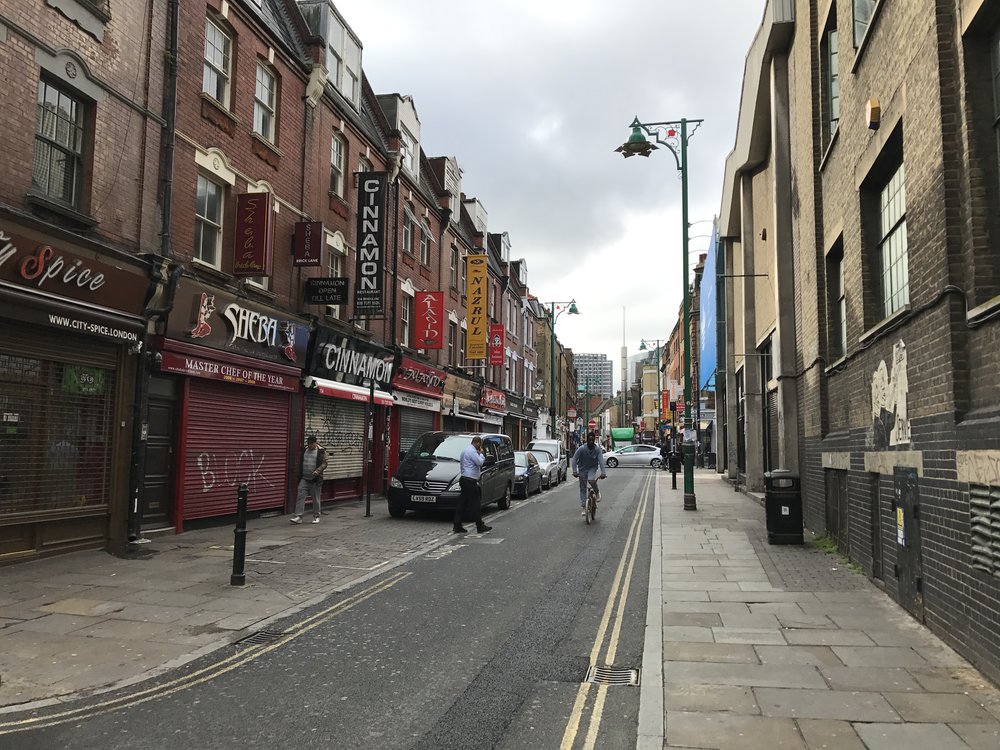
East London – Brick Lane
Here on Brick Lane there’s several establishments that have entered the East London folklore which are worth checking out. Jack the Ripper, the infamous murderer, is native to these parts and so the Cereal Killer Cafe is a shop that stands out (in fact, many more businesses along the street are named in a similar play on words, like hairdresser Jack the Clipper). It’s £5 for a bowl of cereal so you’d be paying for the novelty of the store more than anything.
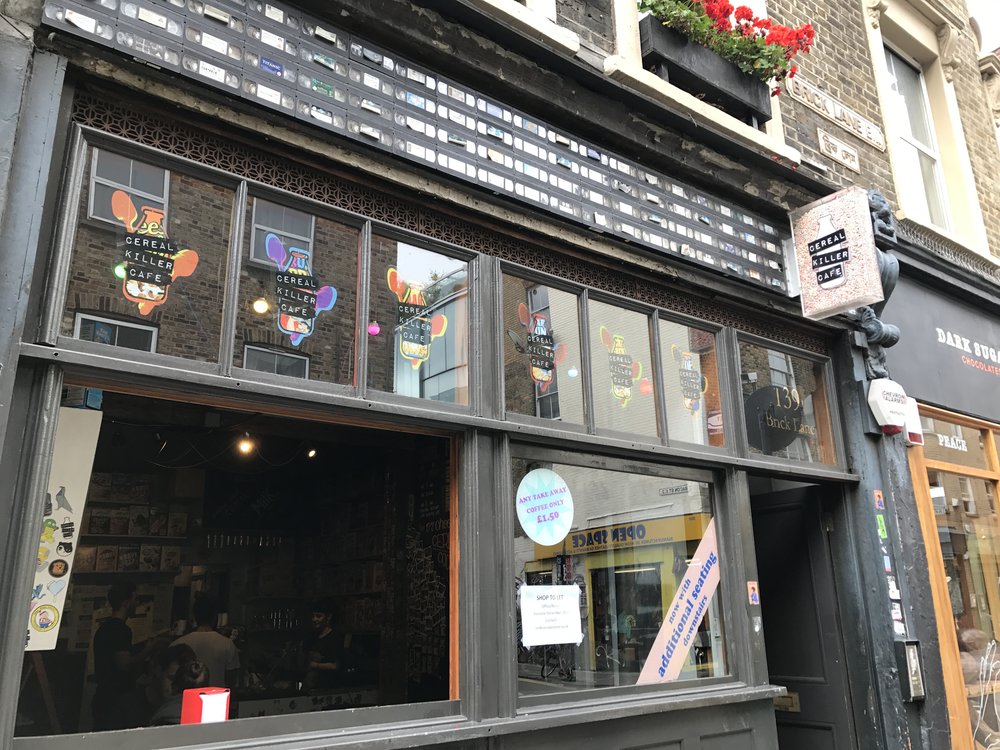
East London – Cereal Killer Cafe
There’s also Beigel Bake, a well-known London bakery and an East London classic that opened its doors back in 1974. Apparently “beigel” is an alternative spelling for bagel? Who knew. Either way, the restaurant makes “beigels” in the traditional Jewish style, with various fillings like salt beef (the British term for corned beef) with mustard, herring, and salmon with cream cheese. Beigel Bake is open 24 hours and makes 7,000 beigels per day, so it’s well worth grabbing a bite here for a snack.
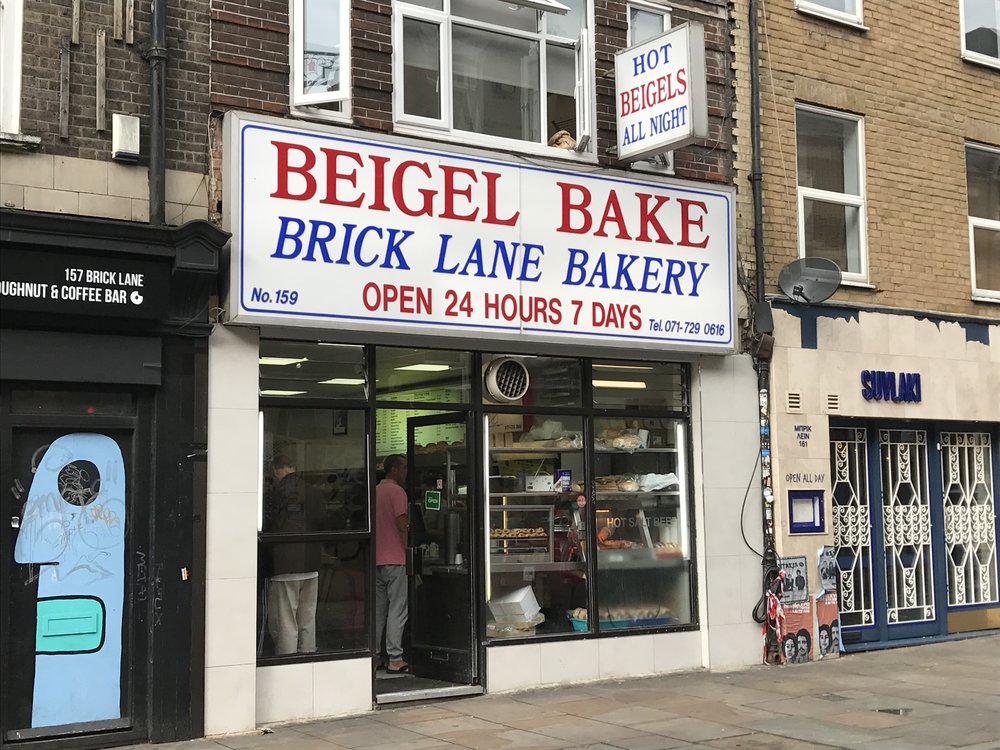
Further south on Brick Lane you’ll find a sign leading you to the local Nomadic Community Garden. This is a unique if a little run-down local haunt for those who like to live “simpler” lives. It’s similar in concept to Freetown Christiania in Copenhagen – a social project that brings together people from all walks of life who care about art, expression, wellbeing, and community. Tourists are welcome, and indeed plentiful, but you’re encouraged to uphold the good vibes of the place during your time there.
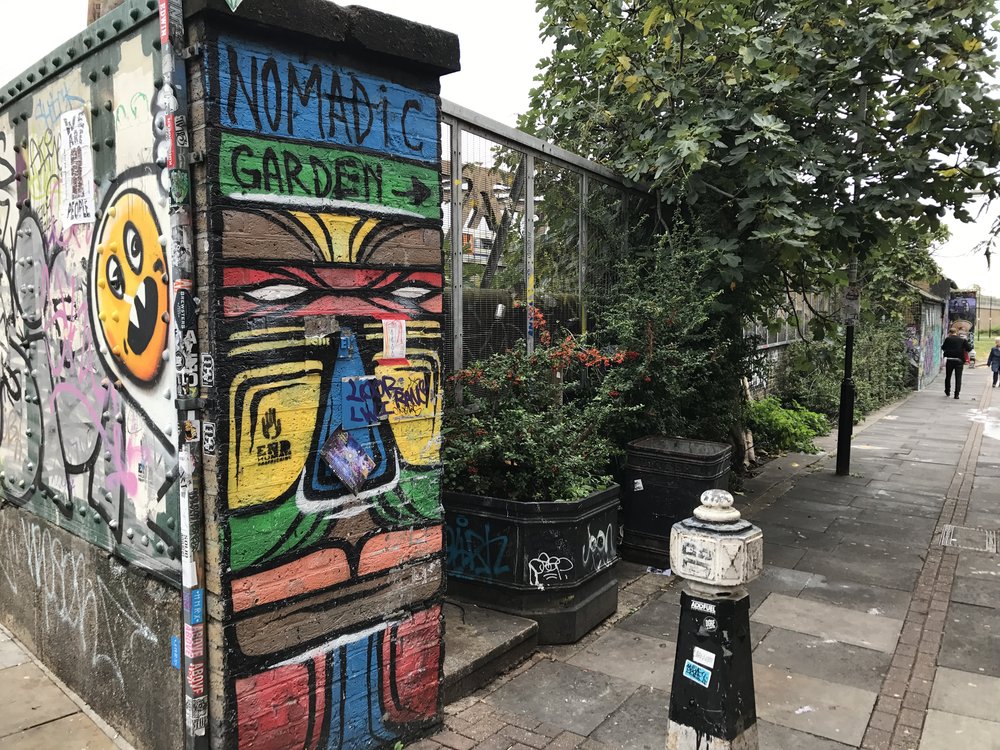
East London – Nomadic Community Garden
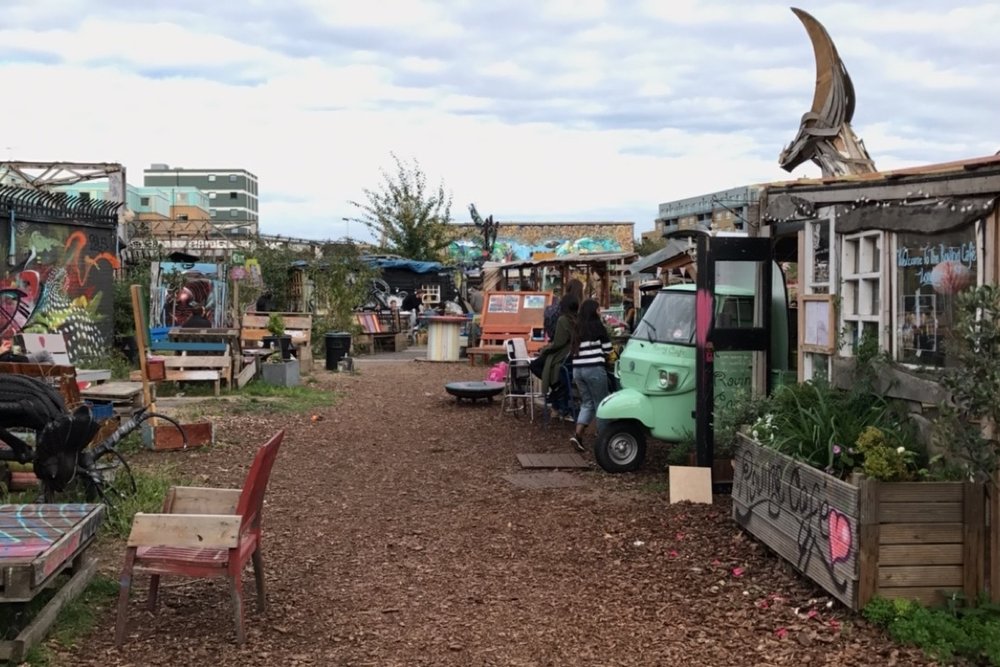
East London – Nomadic Community Garden
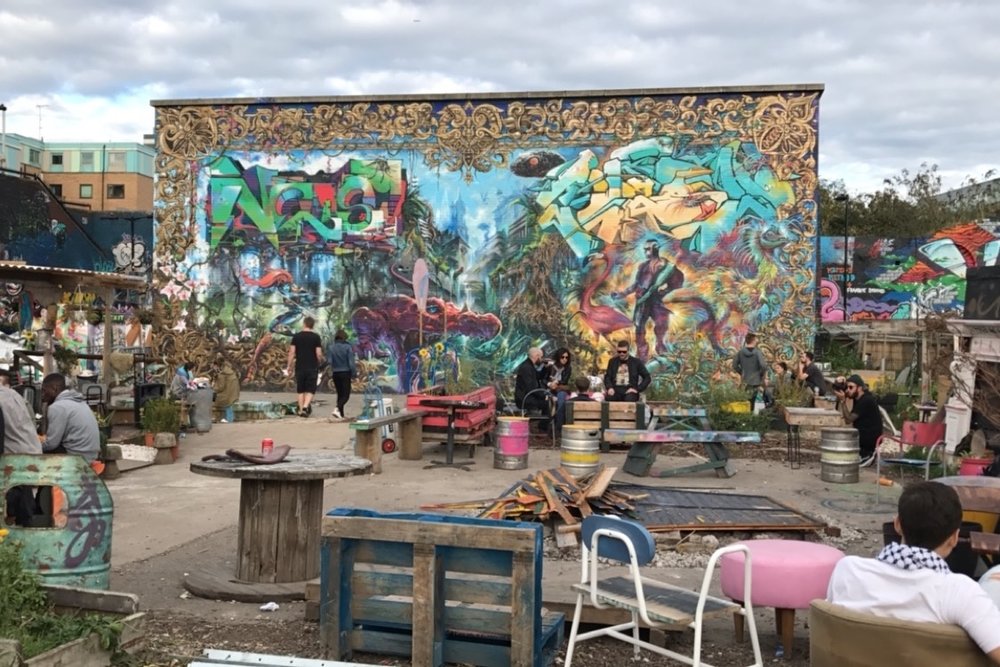
East London – Nomadic Community Garden
Not far from Brick Lane is the delightful Boxpark Shoreditch, a “pop-up mall” constructed out of shipping containers. Originally built in 2011 and planned to remain open for five years, Boxpark’s immense popularity has meant that it is now a permanent fixture in the Shoreditch area.
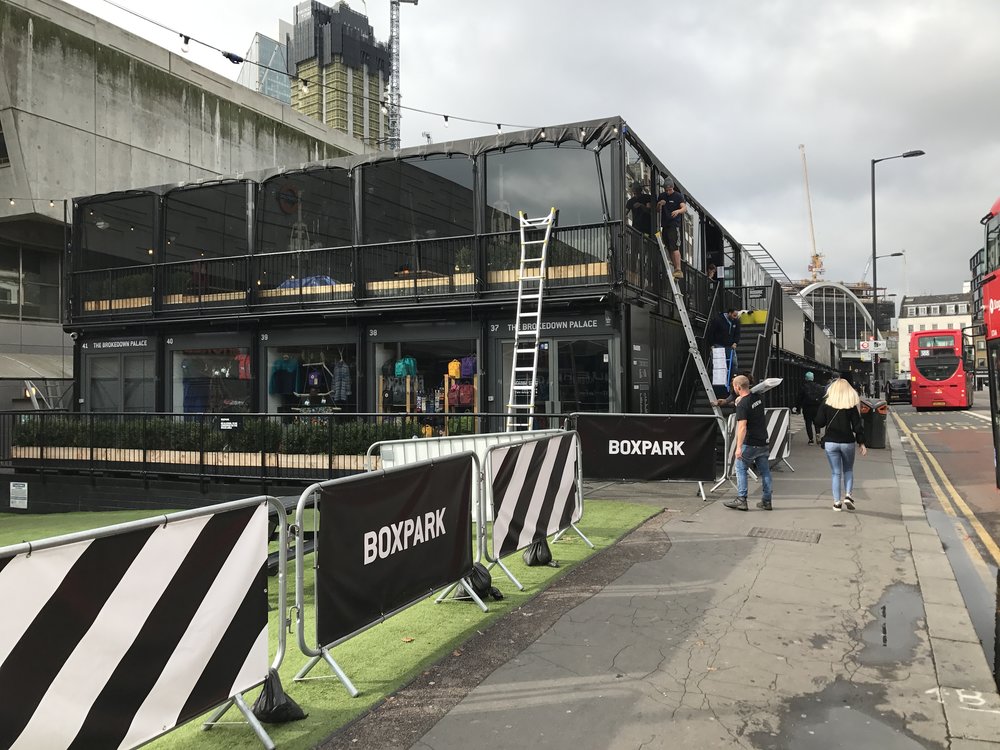
East London – Boxpark Shoreditch

East London – Boxpark Shoreditch merchants
The two-storey stack of refitted and repurposed shipping containers is home to 19 restaurants and bars and 27 shops. The food ranges from Greek street food to classic chicken burgers, while the shops generally have a touch of independence and stylishness about them, those being the overarching themes that Boxpark’s founder chose to emphasize. This place tends to get quite popular with the students and young professionals, especially in the afternoons after work!

East London – Boxpark Shoreditch
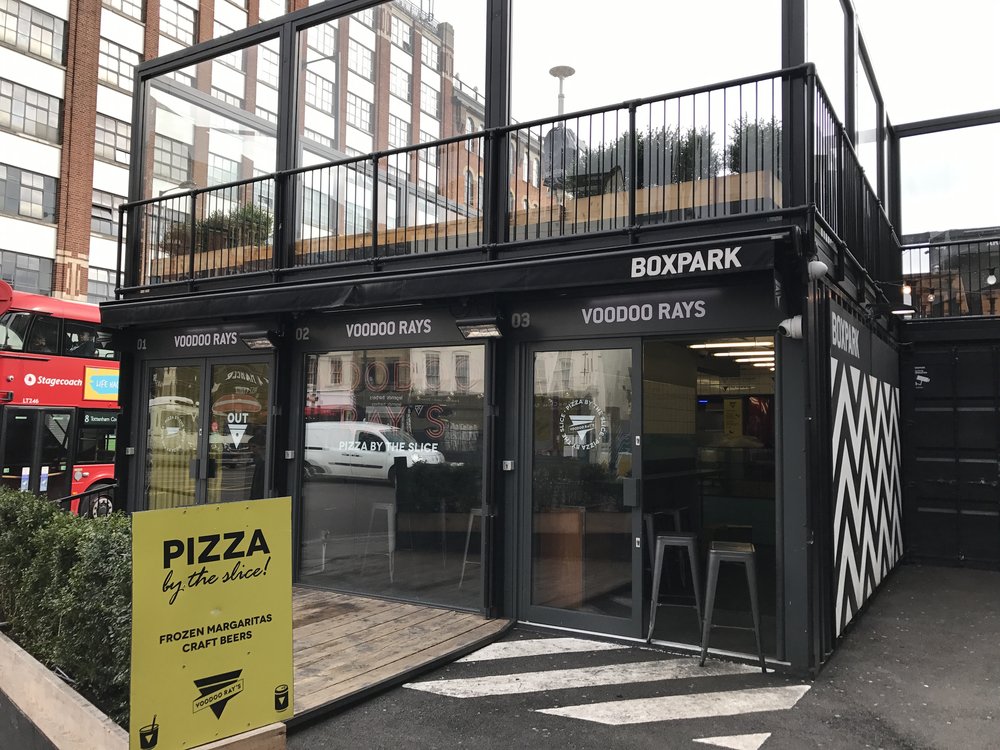
East London – Boxpark Shoreditch
To contrast the old with the new, head down the towards Old Spitalfields Market (pronounced “spittle-fields”). There’s been a market here since 1638, although the original Spitalfields, a famed point of wholesale exchange for exotic fruits and vegetables, moved further east to the modern-day New Spitalfields Market in 1991. The original site of the market now houses traders dealing in a huge variety of goods, including fashion, footwear, cultural items, and vinyl.
The market tends to get particularly busy on the weekends, hosting a street food festival on Fridays and a style market on Saturdays.

East London – Old Spitalfields Market Huguenot Gate
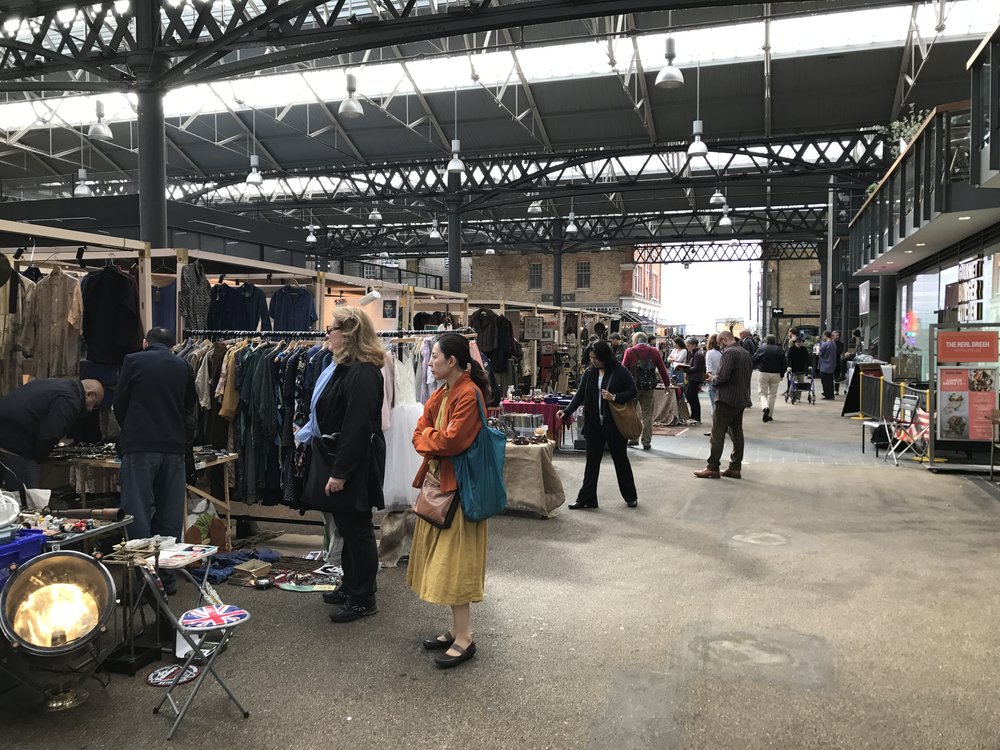
East London – Old Spitalfields Market
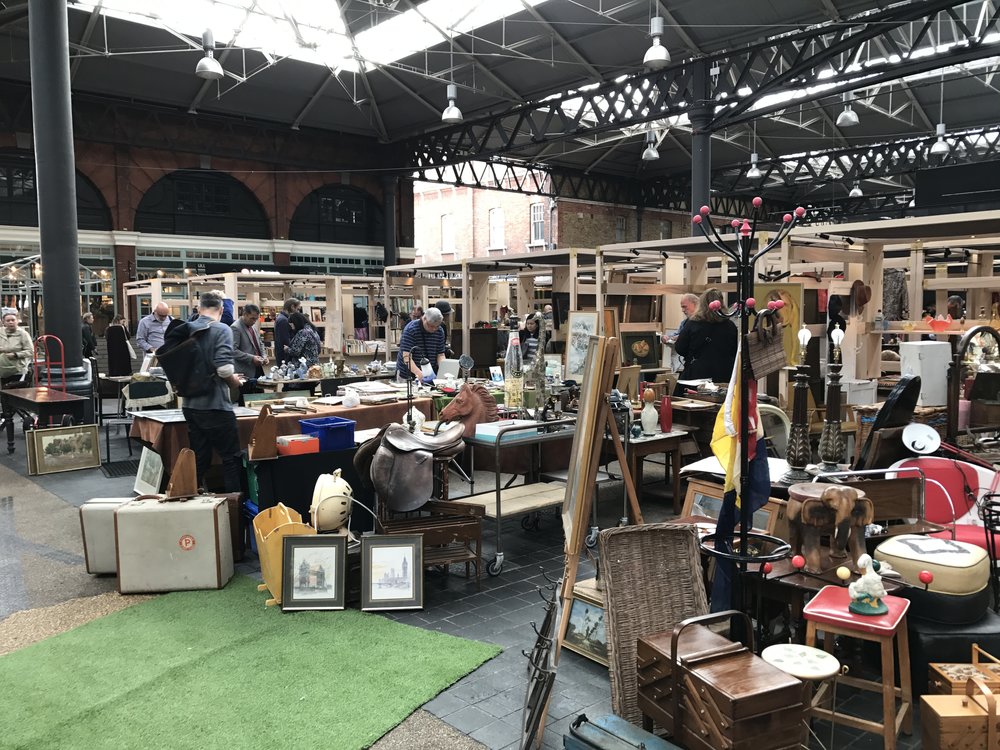
East London – Old Spitalfields Market
There’s also plenty of great food options around here, from local East London food trucks to the sort of “fast casual” restaurants that dominate the urban food scene these days. If you’re in the mood for something fancier, there’s also a few sit-down restaurants you can pick from on the side of the market square.
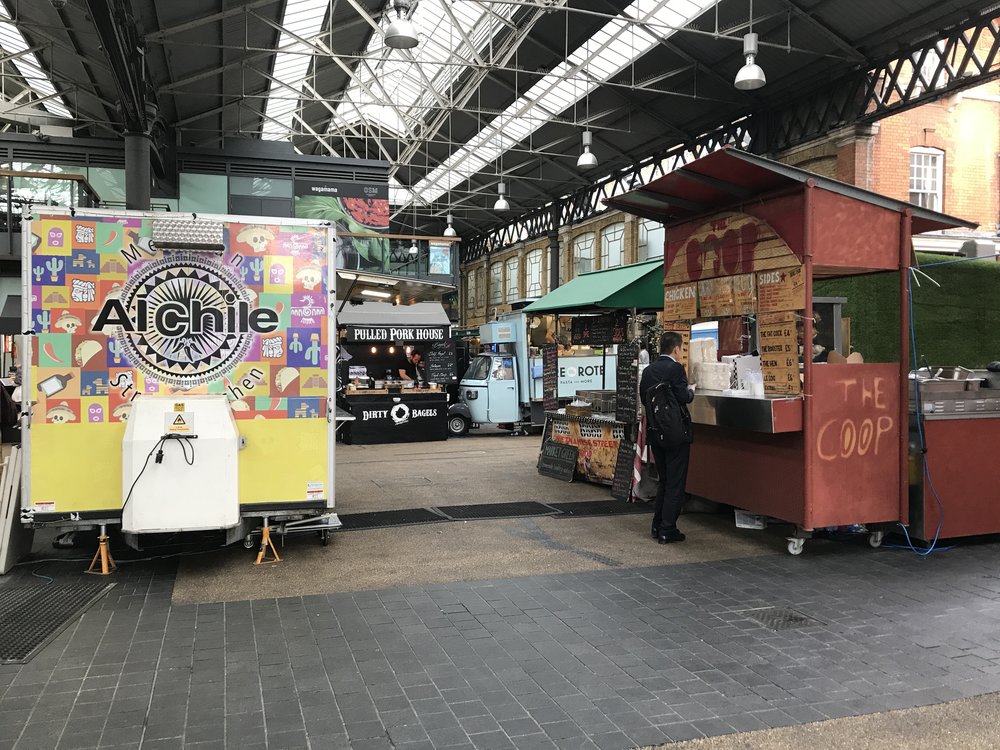
East London – Old Spitalfields Market food trucks
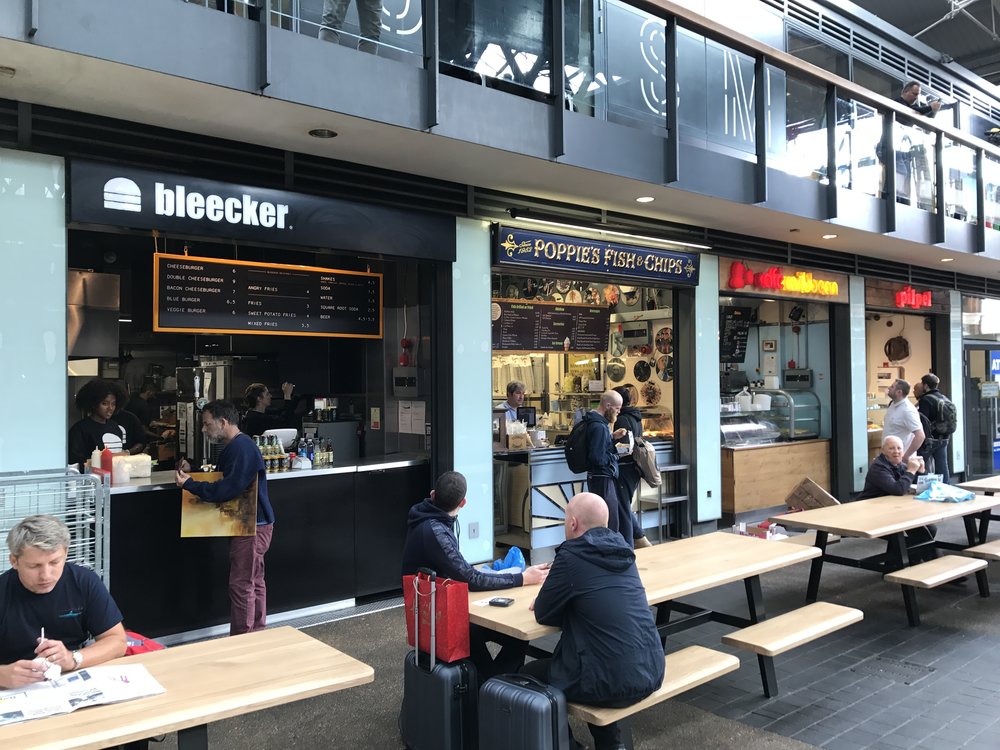
East London – Old Spitalfields Market restaraunts
Conclusion
East London has a distinct cultural identity from the rest of the British capital, and if you haven’t fully explored the area it’s worth spending an afternoon here to get a taste. Just steps away from the suits and ties over in the City, East London’s streets quickly give way to demographic diversity, alternative styles of art and fashion, and buildings from a fonder time.




















This place looks beyond amazing! Cannot wait to check it out!